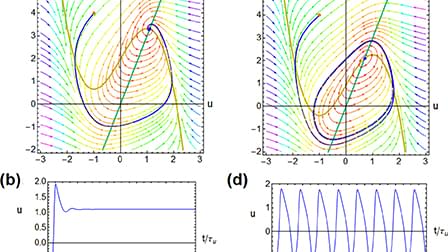Scientists have created a wood pulp hydrogel to strengthen anti-cancer medications and restore damaged cardiac tissue.
Now that they have created a novel hydrogel that can be utilised to repair damaged heart tissue and enhance cancer therapies, you can cure a broken heart on Valentine’s Day, according to SciTech Daily.
Dr Elisabeth Prince, a researcher in chemical engineering at the University of Waterloo, collaborated with scientists from Duke University and the University of Toronto to design a synthetic material that is made of wood pulp-derived cellulose nanocrystals. The material’s unique biomechanical qualities are recreated by engineering it to mimic the fibrous nanostructures and characteristics of human tissues.









